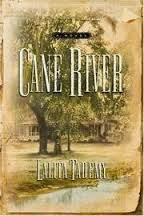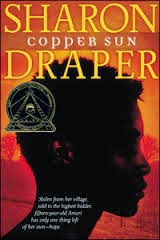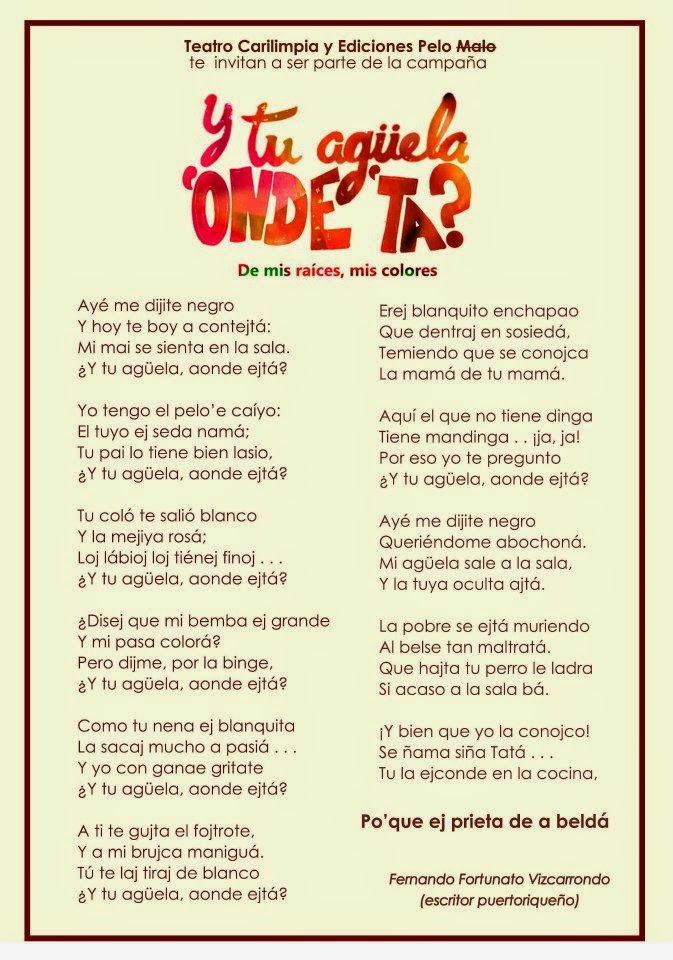Reading List: 3 More Staff Recommendations for Winter Reading

Lawrence Public Library’s Christmas (book) tree.
Last Wednesday, the HBW Blog Editor Meredith Wiggins shared her list of five recent black-authored books to check out over the winter break.
Today, HBW Communications Director and Office Manager Crystal Bradshaw shares three additional recommendations to spend some time with while the temperatures drop.
Below the cut, check out Crystal’s choices, including two historical novels and a poem.

Cane River, by Lalita Tademy – A New York Times bestseller and an Oprah’s Book Club selection, Cane River is an intriguing historical fiction novel that sends the reader into the historical narration past of Tademy’s relatives. Cane River is a must-read for anyone interested in historical slave narratives or historical fiction in general. The personal research, time, and commitment that Tademy puts into the novel retells her ancestors’ history so vividly that the reader is able to hear the author’s voice as well as the voices of her ancestors.

Copper Sun, by Sharon Draper – Published in 2006, Copper Sun is a Coretta Scott King Award winner and a National Book Award finalist. Amari, a fifteen-year-old girl, is kidnapped from her African village and sold into slavery in the Carolinas. During her journey, Amari is stripped of her fiancé, culture, and language, and forced into an intimate relationship with her master’s son. Amari’s journey is a heartbreaking story that uncovers the common situations many Black women were forced to endure during slavery.

“¿Y tu agüela, aonde ejtá? (And
Your Grandmother Where is She?)” by Fortunato Vizcarrondo – This Afro-Latin@ poem was part of the “Verso Negro,” or Black Verse, movement in the Caribbean and Puerto Rico. In the poem, the narrator asks another person where their dark-skinned grandmother is and why they are hiding her in the house. Though the narrator’s own grandmother is African, the family embraces her and does not try to hide her from the public. Essentially, the poem is about accepting one’s African and Latino roots together instead of suppressing one’s African roots–a controversial topic for many Afro-Latin@s.